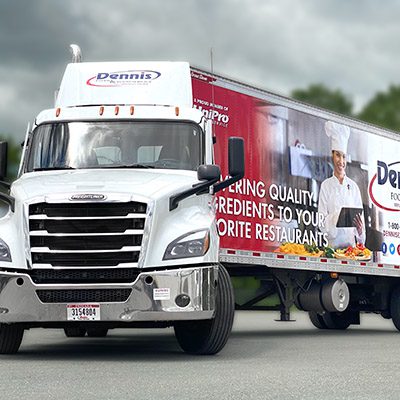
Remote Food Orders Are Now a Primary Source of Revenue for Restaurants
In this new economy, remote ordering and offsite dining represent the bulk of the industry’s orders, with 67 percent of average restaurant sales generated by orders placed digitally or by phone for off-premises dining.
A digital-first economy has emerged since March 2020, fundamentally changing how restaurants engage with their guests, according to the 2021 edition of the “Restaurant Readiness Index,” a collaboration between Paytronix Systems Inc. and PYMNTS.
Although remote food orders now generate most of the average restaurant’s revenue, the extent to which restaurants rely on remote vs. on-site sales varies based on the type of restaurant in question. Sit-down restaurants generate more in-person sales than quick-service restaurants (QSR) at 40 percent vs. 25 percent, respectively. This underscores how important digital food sales have become since the beginning of the COVID-19 pandemic, the report found.
According to findings, online orders account for at least 40 percent more revenue than phone orders for the average restaurant, and orders placed by phone call generate just 28 percent of total restaurant sales. Aggregators alone generate 16 percent of the average restaurant’s revenue, but mobile order-ahead is close behind, totaling 14 percent of the average restaurant’s revenue.
Other findings include:
- Remote food orders are now restaurants’ primary source of revenue, with the average QSR generating as much as 75 percent of sales from orders made online or over the phone. Online orders account for 40 percent more revenue than phone orders to the average restaurant, and aggregators drive more revenue than any other digital ordering channel.
- Remote vs. on-site sales varies with the type of restaurant. QSRs generate more off-premises sales than sit-down restaurants. Food orders placed and eaten on-site generate 25 percent of the average QSR’s total sales but 40 percent of the average sit-down restaurant’s total sales.
- Remote orders vary by channel. The average restaurant now generates 16 percent of its total sales via aggregator, 14 percent of its sales via mobile order-ahead, and 10 percent of its sales via desktop website.
“The digital-first food ordering habits that consumers have acquired since March 2020 have fundamentally changed the restaurant industry. The brick-and-mortar restaurant is no longer the focal point of consumers’ dining experiences but a single touch point in a much broader, decentralized, and digital-first ecosystem,” Paytronix wrote. “Restaurants have come to understand that providing digital ordering features is key to delivering their customers the food ordering experiences they want when they want them, but some restaurants have yet to realize that digital ordering features are the price of admission in this new market — not a differentiator.”
The full report is available for download here.
Source: Convenience Store News









